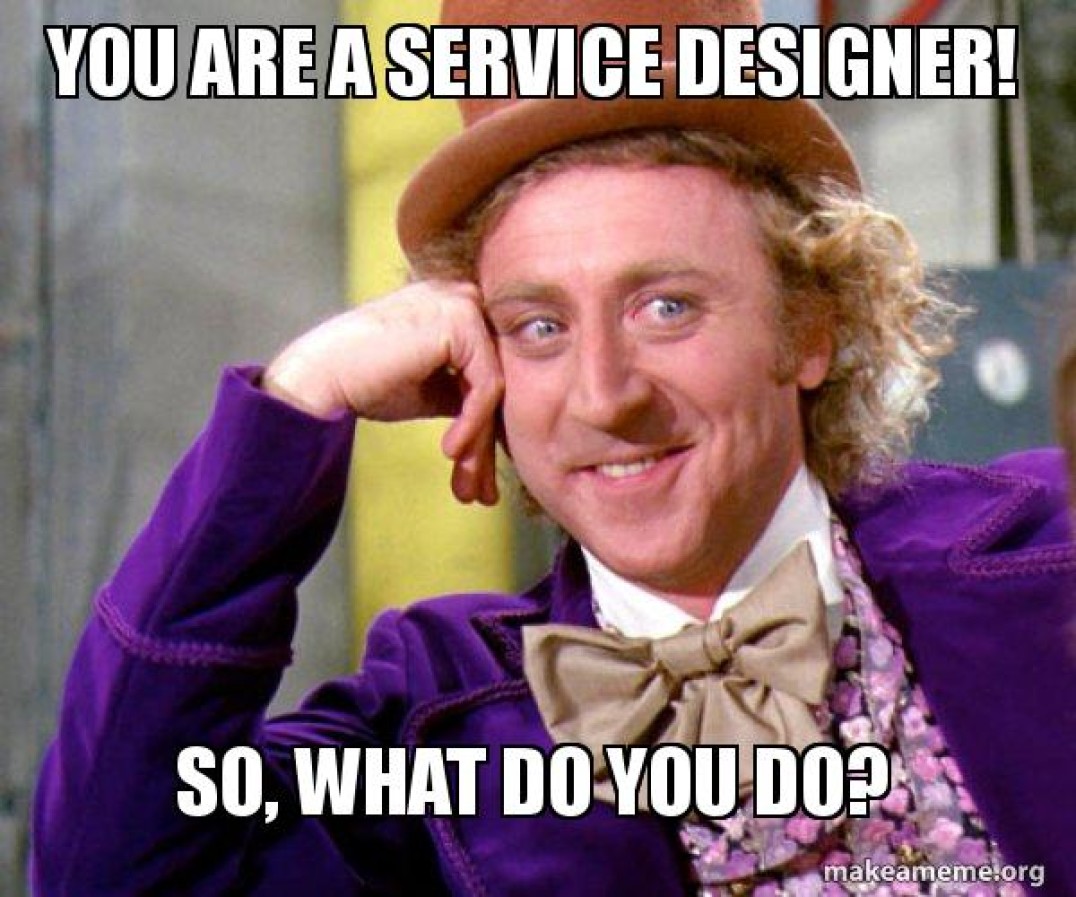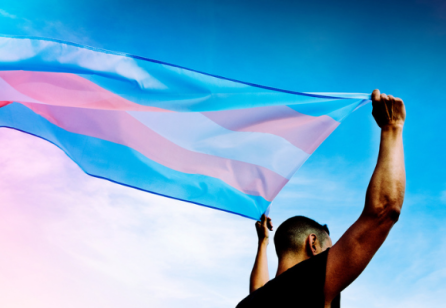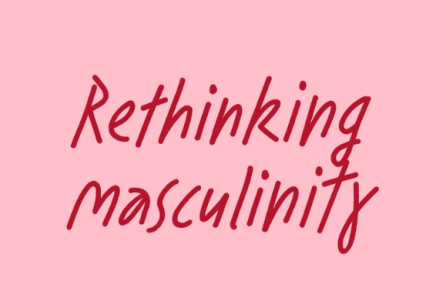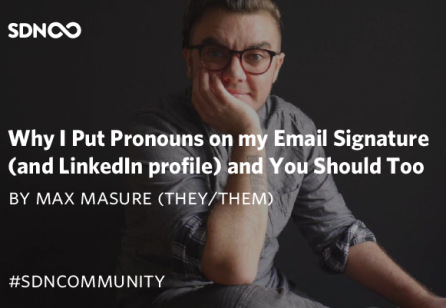In this very first post on practical service design I share my experience about answering the question “So, what do you do?” when you are a service designer. After you reply proudly that you are a service designer, it seems that you’ve just said nothing and people expect you to elaborate on it.
For your friends and family it looks too unfamiliar and too far from their reality. I personally find it harder and harder to explain what service design is the more I know about it and practice it. With your friends, try with a simple one: Service design is implementing (deliberately avoiding designing) new services or improving existing ones.
If you try to explain in detail, like the stages, and you use the jargon (empathy, discovery, inspiration, human centricity, etc) it will only get worse. I learnt that the hard way few years ago with my mum and boyfriend. We were returning to Sofia from the countryside where we visited my grandparents and at the beginning of the trip my mum asked me what I was actually working on. Back then I was managing international projects (EU-funded) for several years already and this question came like a surprise, so I decided to make it right this time and to explain myself properly.
The explanation lasted for more than three hours as I was sharing a lot of examples and describing the nature of each and every project. In the end I felt emptied and I had a slight headache. It was more painful and exhausting than a two-hours interview with a headhunter I had around this time. My mum and boyfriend ended up more confused than ever. After several storytelling courses and pitching training with David Gray I learned that I have to craft my message according to my audience. I learned the lesson. It took years.
Now, back to the service design topic and how to explain what is it that you are doing all day long with these post-its. The most challenging for me is to explain the intensity of the process to stakeholders in the organization who are skeptical about it. In their eyes you are unnecessarily spending money on customer research and having fun instead of working on a solution. I’m not denying the fun part.
So, what you can use from storytelling and pitching — know your audience and craft your message for them. Think about the pains in your stakeholders career. Think about their jobs, think about how they spend their day and what they hate the most. You are getting there — meetings! Being in a meeting is a pain. C-levels have their agendas packed with meetings and most of them are not super enthusiastic about it.
Now think about the constant brainstorming and discussions you are having with your teammates. And next time your stakeholders question the way you work, tell them that designing a service is like being in a meeting the whole day. Now you are speaking the language of your stakeholders. They will understand and eventually empathize with you. Good luck!










Share your thoughts
0 RepliesPlease login to comment